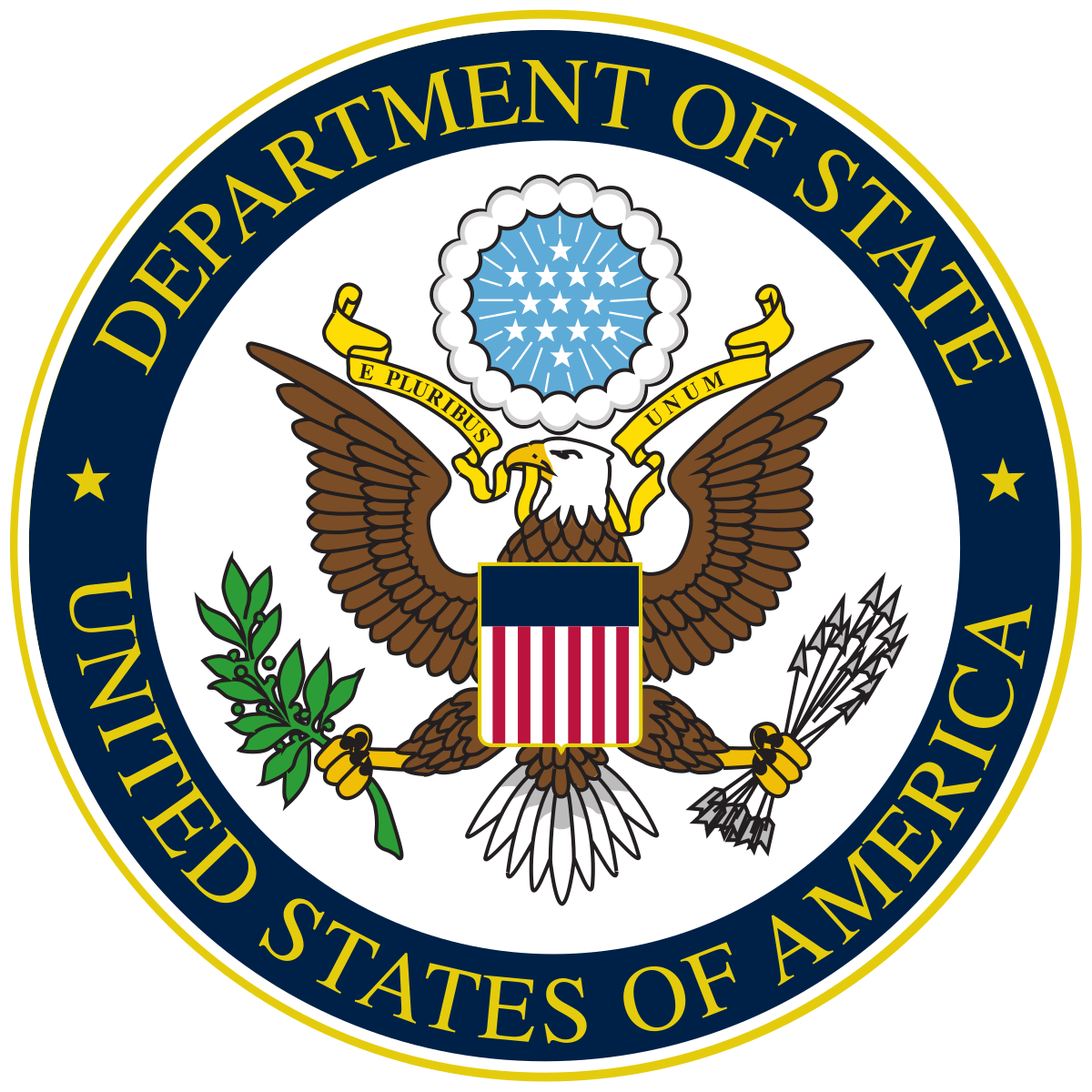Title Page
-
Property Name:
-
Conducted on:
-
Inspector:
-
Location
Key Criteria - 15 FAM 252.5 Safety, Health, and Environmental Requirements
-
Does the residence or building have natural gas, fuel oil or propane appliances or does the residence have an attached garage?
-
Has the installation of carbon monoxide alarm(s) been completed?
-
Have all systems been inspected by a qualified technician for proper operation?
-
Does the residence have a swimming pool?
-
Is the pool barrier a minimum of 121cm high?
-
Does the pool barrier separate the pool from all residences and other non-pool related structures?
-
Is the pool gate self latching, self closing and lockable?
-
Does the pool gate have a latch that is a minimum of 137cm from the ground?
-
Is the electrical resistance of the electrical system verified and documented to be less than 25 ohms?
-
Does the residence have any combustion type appliances (boilers, gas hot water heaters, kitchen appliances, etc.), an attached garage or exterior combustion appliances located near windows?
-
Does the residence have carbon monoxide alarms provided from the mission?
-
Is the grounding resistance measurement less than 25 ohms?
-
Enter the ground resistance measurement
-
Are GFCIs with a trip level of no more than 10 mA for electrical outlets in bathrooms, kitchens, garages, crawl spaces, unfinished basements or any outlets outside or within 180cm of a water supply?
-
Do all stairways have a railing height of at lest 86.4cm?
-
Are guard rails for all fall areas greater than 76cm at leats 91cm high (106.7 for representational spaces)?
-
Are balusters for all railings no more than 10cm apart?
-
Is the space between the bottom of the railing and the floor/stair no more than 15cm?
-
Are all fire protection systems operational and have documentation of periodic testing?
-
Is this an apartment or house?
-
Is the building higher than 23 meters at the lowest access point for the fire departmemt?
-
Does the building have two enclosed stairways with sufficient lighting and exit signs for emergency egress?
-
Does the building have a fire suppression system in all areas?
-
Does the building have a fully functioning fire alarm system?
Other Safety Criteria - Complete Residential Checklist
-
Under 15 FAM 211.1, the objective of the Housing Abroad Program is to provide safe and secure housing. This checklist is referenced under 15 FAM 252.5 to assist POSHOs in evaluating safety, health, fire and environmental conditions during annual inspections of residences and when considering leasing or purchasing a property. This checklist not intended to be all-inclusive. Local codes that are more stringent should be followed. Contact the appropriate program office(s) for further assistance.
FUEL BURNING APPLIANCES AND EQUIPMENT - Furnaces, Boilers, Water Heaters, Kerosene Heaters, Space Heaters, Dryers, Fireplaces
-
Does the residence have a fuel oil boiler?
-
Is there proper venting of exhaust vents (outdoors away from intakes and windows)?
-
Does the landlord have a preventative maintenance contract on the boiler
-
Fuel Type and Storage<br><br>a. fuel used is appropriate for appliance(s)?<br><br>b. proper type and location of fuel storage container (including tanks). <br><br>c. protect fuel storage containers from damage.
-
Does the residence have a fire place?
-
Are the chimney and flue constructed and installed properly (per manufacturer)?
-
Are there warning labels (English and local language) present on combustion appliances.
-
Clearance to Combustibles<br>a. adequate clearance from exhaust flue to combustible materials?<br>b. adequate clearance from equipment to combustible materials?<br>c. boiler and furnace rooms not used for storage areas?
-
Do all/any gas appliances meet the following?<br>a. supply through rigid pipe (iron or steel), or tubing (steel, brass or copper).<br>b. Exceptions for seismically active areas-see Seismic Safety.<br>c. manual shut-off valve within 1.8 m (6 ft) of appliance.<br>d. leak detection using soapy water or other means must be conducted over all fittings and connections during cylinder or appliance replacement or anytime supply line work is done.
FIRE AND LIFE SAFETY
-
Is the residence an apartment or house?
-
Is the building over 75ft from the lowest point of access for the fire department?
-
Does the apartment building have a sprinkler system, fire alarm system and two enclosed stairwells for egress?
-
Does the building have the following?<br>a. illuminated exit signs.<br>b. directional signs if path is not straight or the exit is less than obvious.
-
Do the stairwells and common spaces have suffient lighting as well as emergency lighting?
-
Do any of the windows have fixed grills?
-
Are the grills quick release to allow for emergency egress in the event of a fire?
WATER HEATER PROTECTION
-
Are there separate temperature and pressure relief valves (PRV and TRV) or combination temperature and pressure relief valves (TPRV) installed?
-
Is the drain piping installed to direct discharge to floor?
-
Is the drain piping reduced, threaded at the end or running uphill?
-
Are there any valves past the pressure relief valve?
-
Is the maximum hot water above 120 degrees F (49 degrees C)
ELECTRICAL
-
Does the panel have fill plates for all knockouts and twistouts?
-
Is the panel properly labeled in English and French?
-
Does the panel have a front working clearnce of at least 76cm x 92cm?
-
Do all outdoor outlets have weatherproof covers?
FALL PROTECTION
-
Homes with Small Children<br><br>a. latching device on windows allows opening no more than 4-5” (10-13cm), but window remains operable.<br><br>b. furniture away from windows and railings.
-
I certify that all the information listed in the above report are correct and true.














